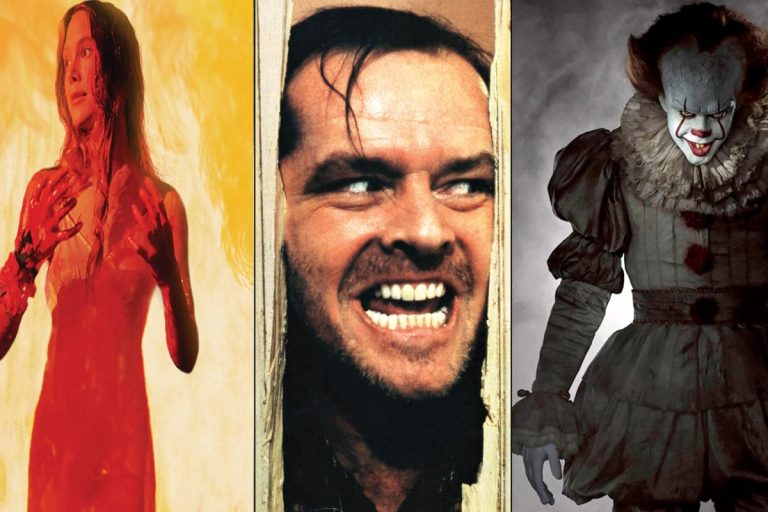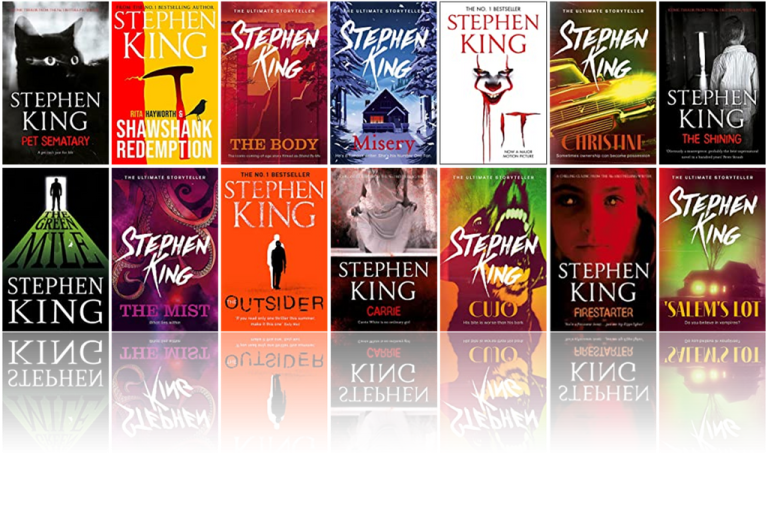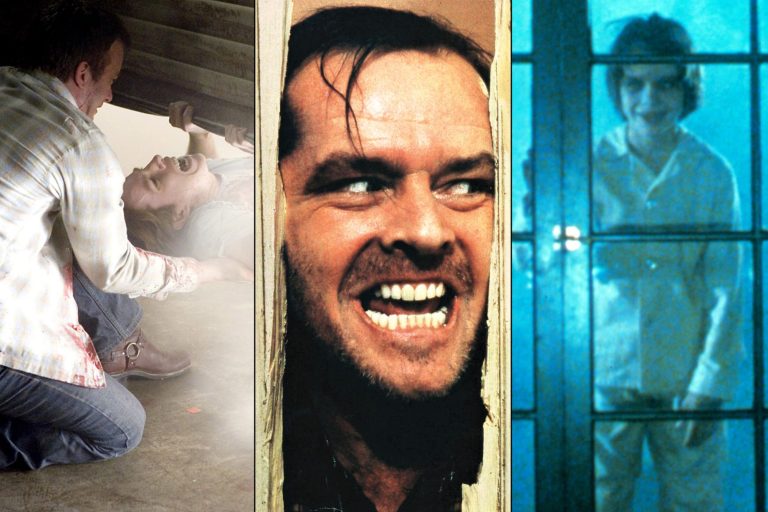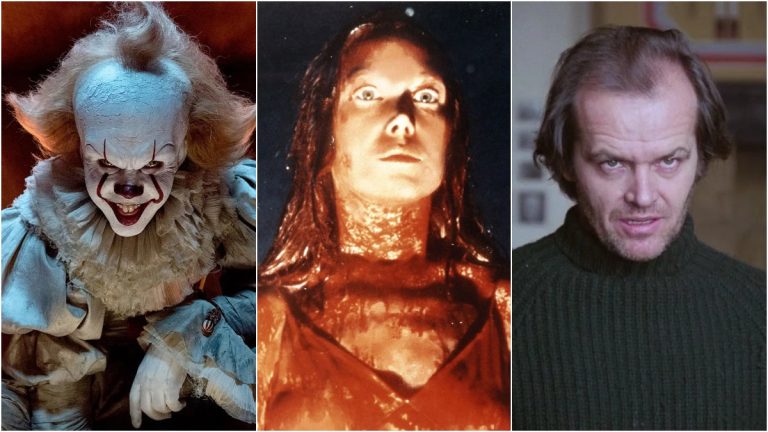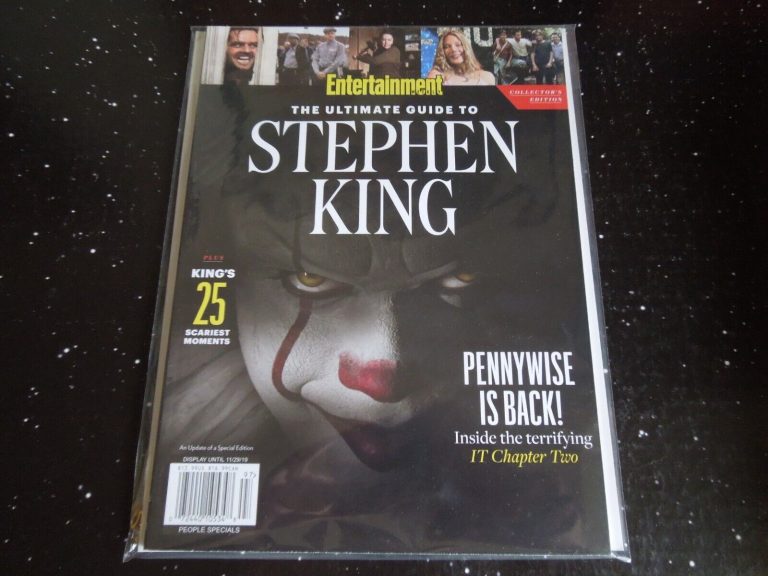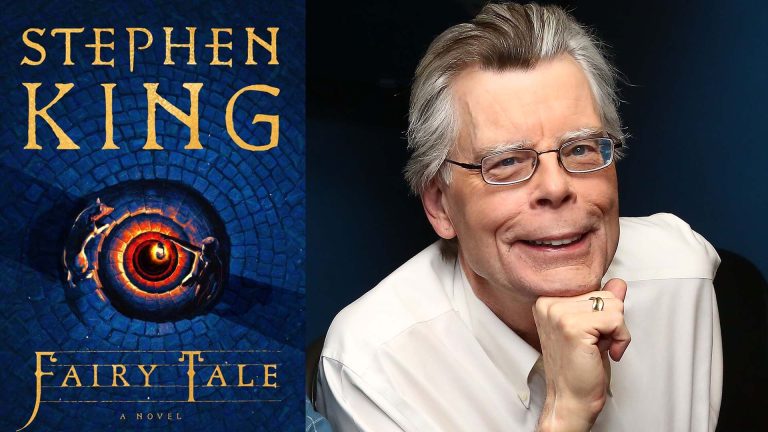What Is The First Horror Story?
Do you ever wonder what the first horror story was? The origins of this chilling genre can be traced back to centuries ago, when people first started sharing spine-tingling tales around campfires. It’s fascinating to explore the roots of horror and discover where it all began. In this article, we will delve into the history of horror storytelling and uncover the answer to the question, “What is the first horror story?”
Horror has always captivated the human imagination, allowing us to experience fear and excitement in a controlled environment. From ancient folklore to Gothic literature, the genre has evolved and expanded over time. By understanding the first horror story, we can gain insight into the primal human fascination with the macabre. So, grab a cozy blanket, dim the lights, and join us on a journey through the shadows of history as we unravel the mysterious origins of the horror genre. Get ready to be thrilled, as we delve into the chilling world of the first horror story.
The first recognized horror story is often attributed to Edgar Allan Poe’s “The Tell-Tale Heart,” published in 1843. This chilling tale follows an unnamed narrator who becomes increasingly obsessed with the eye of an old man and eventually resorts to murder. Poe’s masterful storytelling and psychological exploration set the foundation for the horror genre as we know it today.

What is the First Horror Story?
The world of horror stories is a captivating and chilling one, filled with tales that send shivers down our spines and keep us awake at night. But have you ever wondered where it all began? What is the first horror story ever told? In this article, we will explore the origins of horror storytelling and uncover the eerie beginnings of this genre.
The Origins of Horror Storytelling
Horror storytelling has been part of human culture for centuries, with ancient civilizations often sharing tales of ghosts, monsters, and supernatural phenomena. These stories served as cautionary tales, warning people of the dangers that lurked in the darkness and the consequences of straying from the path of righteousness.
One of the earliest examples of horror storytelling can be found in ancient Mesopotamia, with the epic of Gilgamesh. This epic poem, written around 2000 BCE, tells the story of a heroic king who embarks on a quest for immortality. Along the way, he encounters terrifying creatures and faces the inevitability of death. The epic of Gilgamesh explores themes of mortality and the fear of the unknown, setting the stage for future horror stories.
The Influence of Gothic Literature
While ancient tales laid the foundation for horror storytelling, it was the rise of gothic literature in the 18th century that truly established the genre. Gothic novels, such as “The Castle of Otranto” by Horace Walpole and “Frankenstein” by Mary Shelley, introduced elements of suspense, mystery, and the supernatural.
“The Castle of Otranto,” published in 1764, is often considered the first gothic novel. It tells the story of a cursed noble family and their haunted castle, with themes of ancestral guilt and forbidden love. This novel paved the way for future gothic literature and set the stage for the emergence of horror as a distinct genre.
Mary Shelley’s “Frankenstein,” published in 1818, is another seminal work in the horror genre. It tells the story of a scientist who creates a monster, exploring themes of ambition, responsibility, and the consequences of playing god. “Frankenstein” has since become a classic and has had a lasting influence on horror storytelling.
The Evolution of Horror Storytelling
From the gothic novels of the 18th and 19th centuries, horror storytelling continued to evolve and adapt to the changing times. In the 20th century, horror found its way into other mediums, such as film and television, captivating audiences with its terrifying tales.
One of the most iconic horror stories of the 20th century is Bram Stoker’s “Dracula,” published in 1897. This novel introduced the world to the vampire Count Dracula, a character that has become synonymous with horror. “Dracula” has inspired countless adaptations and has had a lasting impact on the vampire subgenre.
With the advent of film, horror storytelling took on a new dimension. Classic horror movies like “Nosferatu” (1922) and “Psycho” (1960) brought the fear to life on the silver screen, captivating audiences with their suspenseful storytelling and iconic villains.
In recent years, horror storytelling has expanded into new territories, with the rise of psychological horror, supernatural thrillers, and even found footage films. The genre continues to evolve and push the boundaries of what is considered terrifying, keeping audiences on the edge of their seats.
Benefits of Horror Storytelling
While horror stories may send chills down our spines and make us jump at shadows, they also serve a valuable purpose. Horror storytelling allows us to confront our deepest fears in a safe and controlled environment. It provides an outlet for our anxieties and helps us make sense of the unknown and the unexplainable.
Furthermore, horror stories often contain moral lessons and explore complex themes. They can serve as allegories for societal issues, allowing us to reflect on our own fears and prejudices. By immersing ourselves in these stories, we can gain a deeper understanding of ourselves and the world around us.
In addition, horror storytelling can be a source of entertainment and escapism. It provides a thrilling and suspenseful experience, taking us on a rollercoaster ride of emotions. Whether through books, movies, or other mediums, horror stories offer a unique form of entertainment that keeps us coming back for more.
Conclusion
As we delve into the origins of horror storytelling, we discover a rich and diverse history that spans centuries. From ancient myths to gothic novels and modern-day films, horror stories have captivated audiences and tapped into our darkest fears. They continue to evolve and adapt, offering new and innovative ways to scare and entertain us. So, the next time you find yourself immersed in a chilling tale, remember the long and eerie lineage that brings that story to life.
Key Takeaways: What is the first horror story?
- The first horror story is considered to be “The Castle of Otranto” written by Horace Walpole in 1764.
- Horror stories aim to evoke fear and suspense in readers, often featuring supernatural elements and terrifying events.
- “Frankenstein” by Mary Shelley is another early example of a horror story, exploring themes of creation and the consequences of playing God.
- Edgar Allan Poe is known as the master of horror, with stories like “The Tell-Tale Heart” and “The Fall of the House of Usher” leaving readers on edge.
- Horror stories have continued to evolve and expand, with authors like Stephen King and Shirley Jackson making significant contributions to the genre.
Frequently Asked Questions
When was the first horror story written?
The first horror story is believed to have been written in the late 18th century. While horror as a genre has existed in folklore and oral storytelling for centuries, the first recorded horror story in written form is often attributed to Johann Wolfgang von Goethe’s “The Sorrows of Young Werther,” published in 1774. Although not traditionally classified as a horror story, it explores themes of horror and the supernatural.
However, it’s important to note that the definition of horror has evolved over time, and what may be considered a horror story today may not have been labeled as such in the past. Different cultures and literary movements have their own interpretations of horror, so the concept of the first horror story may vary depending on these factors.
What are some other early horror stories?
In addition to “The Sorrows of Young Werther,” there are other early horror stories that have contributed to the genre. One notable example is Horace Walpole’s “The Castle of Otranto,” published in 1764. Considered one of the first gothic novels, it features supernatural elements, mysterious occurrences, and a sense of terror.
Mary Shelley’s “Frankenstein,” published in 1818, is another influential early horror story. It explores themes of science, morality, and the consequences of playing god, creating a monster that has become an iconic figure in horror literature and popular culture.
Who are some important authors in the horror genre?
The horror genre has seen many talented authors who have made significant contributions. Some notable names include Edgar Allan Poe, often considered the father of the modern horror story, with works like “The Tell-Tale Heart” and “The Fall of the House of Usher.”
Bram Stoker, author of “Dracula,” is another important figure in horror literature. His vampire novel has had a lasting impact on the genre and has become a classic. Stephen King, known for his prolific writing and ability to create suspense and terror, is also highly regarded in the horror genre.
How has the horror genre evolved over time?
The horror genre has evolved significantly over time, reflecting societal fears and changing literary trends. Early horror stories often focused on supernatural elements and Gothic themes, such as haunted castles and cursed families.
In the 20th century, horror expanded to include psychological horror, exploring the depths of the human mind and the darkness within. The genre also embraced different subgenres, such as slasher films, creature features, and supernatural thrillers.
Why do people enjoy reading horror stories?
People enjoy reading horror stories for various reasons. One common reason is the thrill and adrenaline rush that comes from being scared in a safe environment. Horror stories provide an escape from reality and allow readers to experience intense emotions.
Additionally, horror stories often explore deeper themes and fears, allowing readers to confront their own anxieties and gain a sense of catharsis. The genre can also be a form of entertainment and a way to challenge one’s imagination. Ultimately, the enjoyment of horror stories is subjective and varies from person to person.
The First Horror Movie Written Entirely By Bots
Final Summary: Unveiling the Origins of Horror
As we delve into the mysterious realm of horror stories, one question lingers in our minds: what is the first horror story? While there is no definitive answer, the origins of horror can be traced back to ancient times, where tales of the supernatural and the macabre captivated the imaginations of listeners around the world. From ancient folklore to Gothic literature, the evolution of horror has been a captivating journey through human fears and desires.
The seeds of horror were sown in the ancient civilizations of Mesopotamia and Egypt, where tales of malevolent spirits and restless souls haunted the night. These early stories, filled with suspense and the supernatural, set the stage for the horror genre to come. Fast forward to the 18th and 19th centuries, and we witness the birth of Gothic literature, with authors like Edgar Allan Poe and Mary Shelley pushing the boundaries of fear and imagination. Their works, such as “The Tell-Tale Heart” and “Frankenstein,” laid the foundation for the horror stories we know and love today.
In the vast landscape of horror, pinpointing the first horror story may be an elusive task. However, what remains undeniable is the enduring power of these tales to captivate and terrify us. From the ancient oral traditions to the pages of chilling novels, horror has become a timeless genre that continues to evolve and adapt to our ever-changing fears. So, whether you find yourself engrossed in a spine-chilling novel or seated nervously in a darkened theater, remember that the origins of horror lie in our insatiable curiosity and fascination with the unknown. Embrace the thrill, for the first horror story is just the beginning of a never-ending nightmare.

